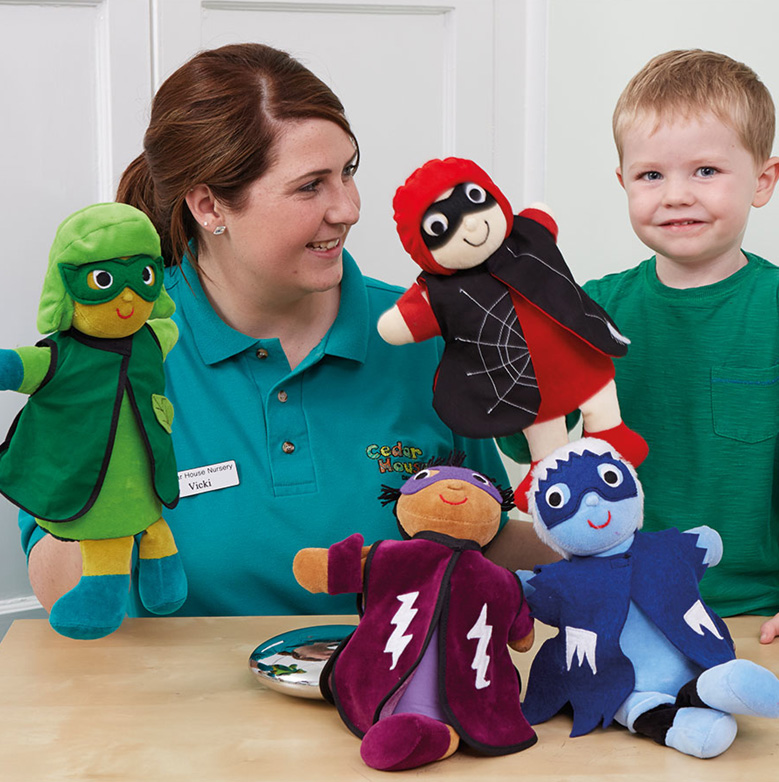 Introduction
Introduction
The competences involved in this process are distinguished by:
- The leader has the personal capability to get the outcomes achieved in an interlinked relationship between themselves and the followers in the educational context.
- The leader has a close interaction with followers, as such, their effectiveness and efficiency as managers could be analysed through this relationship.
- Leaders should develop the capacity for future possibilities through the strategic view that allows for greater educational quality.
- Leaders are people’s trainers and facilitators.
- Leadership involves a deep importance in the group.
The leadership competences require that both leader and followers continuously adapt themselves as the new rules for the educational improvement unfold.
Conflict management
Conflicts are happening everywhere, the management of the conflict entail the complete identification of all the positions and the parts of the explicit concerns.
Is important to have knowledge of conflict and be aware about the types of conflicts that you can find in the classroom, such as:
- Confrontation
- Aggression
- Arguments
- Fights
- Negative thoughts
- Inconsistence believes
- Bad behaviour
- Culture clash
We have to understand the conflict and analyse the previous steps leading up to the conflict. Understand and analyse the child’s reality when the conflict happened. A conflict is considered whenever there are interests, desires or adverse interests between people or groups of people although they may have common interests.
– As teachers we should understand the conflict from another’s point of view; the conflict is not always negative. Conflict is a reality between people and is a good moment to make students aware about this reality. Conflicts allow us to discover problems and to solve them. Sometimes, teachers misinterpret the behaviour of poor and minority students, due to a lack of cultural awareness. Teachers can easily misinterpret the behaviours as bad behaviour, instead of thinking about their way of life, their background and their experiences. At this point, is important that as teachers, we have knowledge about other cultures, avoiding, in this way, a clash of cultures. The conflict, in this case, could be present on both sides, i.e. teachers and students. We should understand that students sometimes have a lack of: affection, empathy, communication skills, positive reference points and self control. They display low self-esteem, low tolerance, frustration and react to the culture clash.
What happens when the conflict is continuous?
- Has a tendency to persist.
- Tends to be cyclically repeated.
- The model of cohabitation is affected.
Types of conflicts:
- Inter-personal/Intra-personal
- Inter-group/Intra-group
5 Stages of conflict:
- Latent Stage: Parties are not aware yet about the existence of conflict between them.
- Perceived Stage: Parties aware about the conflict.
- Felt/Emotional Stage: Negative feelings develop. Blaming the other party.
- Manifest: The parties express the differences between them. Directly or indirectly. The conflict can be observed. Three sub-stages: Escalation, Stalemate and De-escalation.
- Aftermath: Outcome of conflict, resolution or dissolution.
Resolutions
As Teachers, we have to be prepared for all the possible situations that can happen in the classroom, it is important to be aware about all that is happening around the class. Sometimes, the way to manage the classroom could be the prevention of conflicts. For these situations, we recommend the following suggestions to manage conflicts:
- Being credible: Establish credibility with your behaviour and language. You don’t need to be perfect, but you can be credible when children ask questions of you, if you don’t know the answer, you can provide them with a way to get access to the required information. The confidence of the teacher and the way that they (the students) trust in them is related to the way that this is transferred. Use clear vocabulary and clear boundaries.
- Use a dynamic approach: Children need to work dynamically to improve and to learn. They cannot do the same activity for more than 30 min, so change the activities to not tire them out.
- Organise the groups: The organisation of the group is very important. You need to know that the balance of the group needs to be set by you. You have to be aware about their different personalities and the different roles that can be within a group.
In conflict situations: Is important to be flexible, we recommend some flexible responses to conflict situations and how you can deal with this.
- Do not personalise: Conflicts develop easily and are not always related with you.
- Try to choose the best moment to deal with the situation: If you respond quickly at the inappropriate behaviour, your students will notice that you are attentive to them. For instance, if there is an argument between them you can ask immediately to solve the problem.
- Active listening to the students: Sometimes they need to be listened to and be engaged with you in the proper way. Listen to them to reinforce your relationships with them.
- Talk with them individually: Take your time to speak individually with children, positive reinforcement helps them to know what they are doing well. At the same time, they need to know what they are doing badly. Ask them what their feelings are, the acknowledgement of their emotions could be a good tool to use in the classroom.
- Check yourself, your perception: It is easy to misinterpret the feelings of others; we need to know how we are regarding our own feelings and our own point of view. Remember that they are children!
Remember to share all the information with all the partners involved in the children’s education, including Assistant Teachers, Directors, Psychologists, parents. Report your work and make statements to be shared with them. This action could help yourself in the future and can help other professionals to help you with the adverse situations.
 Activity
Activity

Objectives: Students are learning through role play with Puppets
Contents: This is a conflict resolution activity using puppets. You can use this activity after conflicts have happened. In this activity, you have to teach your students the steps to solve a problem in five basic stages:
- First stage: Get Together
- Second Stage: Take turns talking in pairs. Children are using puppets to talk about the conflict, argument, fight. They have to express how they are feeling.
- Third Stage: Puppets have to find the way to solve the problem and how make both feel better.
- Fourth Stage: The puppets have to agree on one solution that makes both feel better. Ask the entire group in class if they agree with the decision or if they would do anything else.
- Fifth Stage: The puppets, after everybody has agreed, pick and carry out the plan.
Involve and guide all students throughout this activity. It’s better if you do an example with another colleague to teach them to solve the problem. Embed the activity as part of your approach every time they are in conflict. Overtime, children will engage with this activity and they will improve in practice.
Material: Two hand Puppets
 Case studies
Case studies
The Teacher in this story was really afraid of how to teach and build confidence in children. She asked one of her more experienced colleagues, who told her to “be yourself, do things you’re not good at. Demonstrate a spirit of experimentation. Speak about your mistakes. Let them hear you laugh with other teachers, prioritise loved ones, and speak respectfully of your significant other. Let them see what a healthy relationship looks like”. “OK, but what will happen if they notice that I’m not confident?” said the new teacher. “So, show them how a self-assured person says no. Show what it looks like to set firm limits, without apology and without hostility”. “Listen” said the experienced teacher “They are kids, so they need you to use the right words to describe concepts. When pupils make you angry, think of how you tell students to handle their own anger. Say please and thank you. Avoid cutting people off mid-sentence. Have sensitive conversations in private”. “Yes, but, how can I do all of these things at the same time?” said the new teacher. “Look, one of the most important things is that you teach with enthusiasm, they have to feel that you like to teach, use your sense of humour, be silly, it works. But be careful with this, sometimes it can turn on you…”
The new teacher started to follow the advice, little by little, she started realising what the process was about, she created different environment by being herself and enjoying her role as teacher. She continued asking the experienced teacher, and the experienced teacher supported her. The new teacher started to be creative, use new methodologies and tools with her pupils.
Reflecting Questions:
- What was the new teacher’s main problem?
- Was the new teacher worried about?
- What did the new teacher do when she felt lost?
- Is leadership a skill that comes naturally or do we have to build on it?
